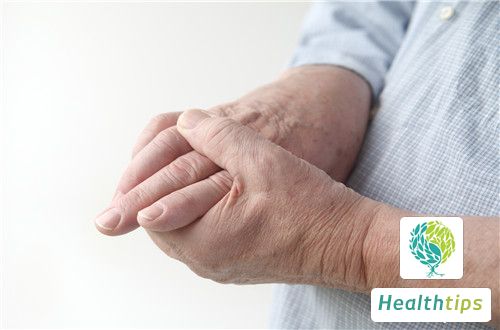Does Kneeling and Bowing Contribute to Effective Weight Loss?
Losing weight is a difficult task, so for obese individuals, achieving successful weight loss truly requires a lot of effort. However, some people seek alternative paths, aiming to achieve better weight loss results with less effort, such as kowtowing. Speaking of kowtowing, it may seem like a straightforward activity, but can performing it daily lead to weight loss? The answer is, no, kowtowing does not facilitate weight loss, and prolonged kowtowing may even be detrimental to health.

Healthy Weight Loss Methods
1. High-Intensity Interval Training (HIIT)
This form of aerobic exercise burns more calories from fat and boosts metabolism for up to 24 hours after the workout. In HIIT, short bursts of high-intensity and moderate-intensity aerobic exercises are alternated. The workout duration is shorter than steady-state cardio, typically around 20 minutes, with an additional 5 minutes for warming up and cooling down. HIIT is a shorter yet more intense workout, and studies have shown a strong correlation between the intensity of aerobic exercise and the reduction of abdominal fat.
2. Limiting Carbohydrate Intake
Research indicates that low-carbohydrate and low-calorie diets not only lead to faster initial weight loss but are also most effective in reducing abdominal fat. Carbohydrates are present in various foods, including dairy, fruits, starchy vegetables, grains, and legumes. Reduce carbohydrate intake from sources like candy, sugary drinks, bread, rice, noodles, chips, cookies, or pastries, as these, while containing other nutrients, can be replaced with healthier options. Instead, consume carbohydrates that are nutrient-dense, including fiber, protein, vitamins, minerals, or antioxidants, found in fruits, starchy vegetables, and dairy products, which should be included in your diet. A low-carb diet emphasizes reduction rather than elimination, as the body still needs some carbohydrates to function optimally.
3. Monitoring Your Calorie Intake
Alongside a low-carb diet, low-calorie diets have also proven beneficial. Combining low-calorie and low-carb diets results in the greatest reduction of abdominal fat. There's no one-size-fits-all standard for low-calorie diets. Total calorie needs vary based on age, gender, weight, and activity level. Generally, reducing 500 calories daily is considered safe, leading to approximately 0.5 kg of weight loss per week. Use calorie-tracking tools or online programs to calculate your daily intake and subtract 500 calories to set your initial daily calorie goal. Avoid drastic calorie reductions, as consuming less than 1200 calories daily can lead to malnutrition, muscle mass loss, and fatigue.
4. Consuming More Fruits and Vegetables
When following a low-carb and low-calorie diet, ensure adequate fruit and vegetable intake. Rich in fiber, vitamins, minerals, and antioxidants, fruits and vegetables are low in calories. Aim for 5 to 9 servings daily, but if reducing carbohydrates, limit fruit and starchy vegetable intake to 1 to 2 servings. Instead, increase non-starchy vegetables like leafy greens, broccoli, cauliflower, peppers, tomatoes, Brussels sprouts, zucchini, green beans, asparagus, mushrooms, or eggplants.
Always consult a doctor before starting any weight loss or exercise program to ensure it's safe and suitable for your health condition.



















